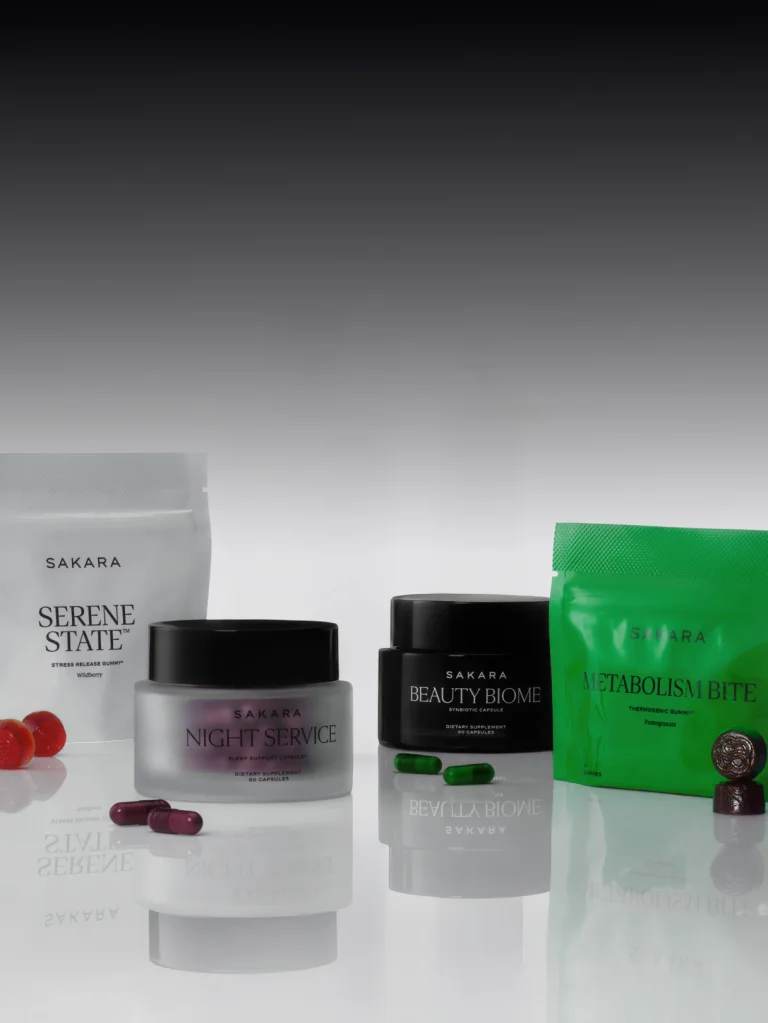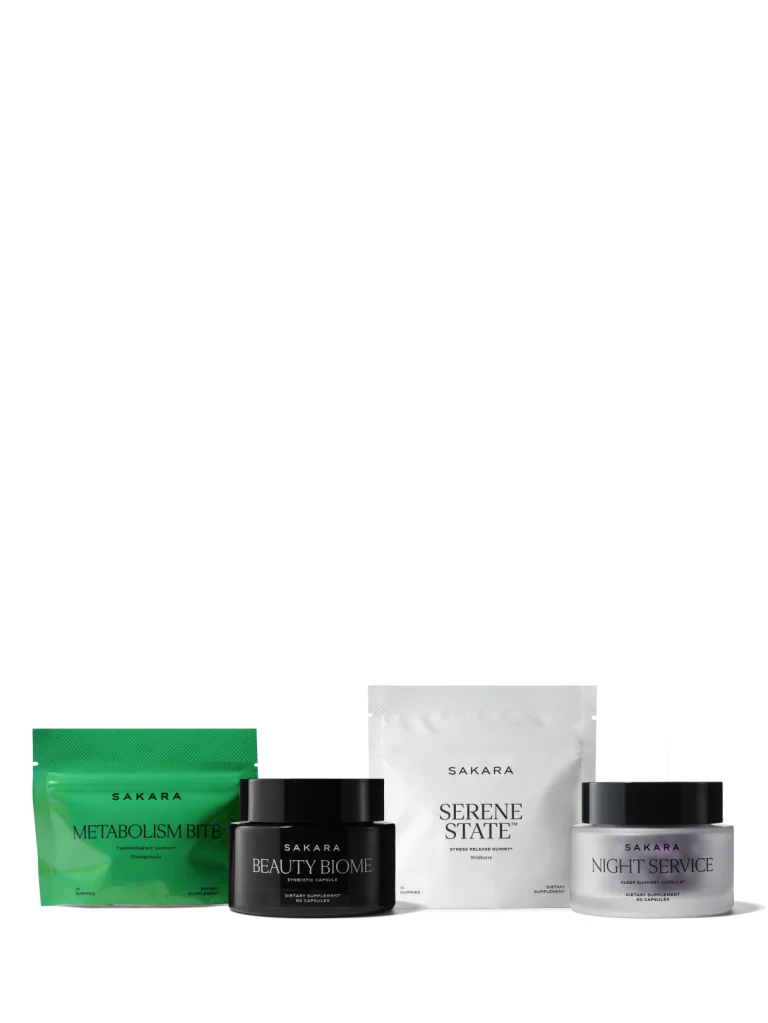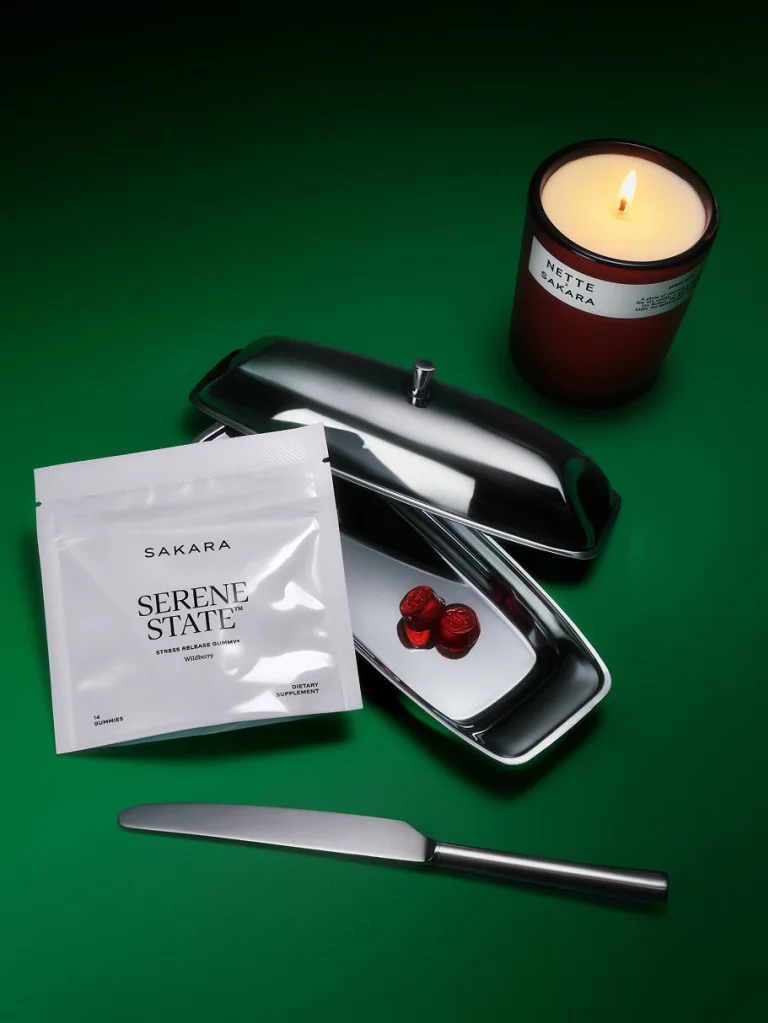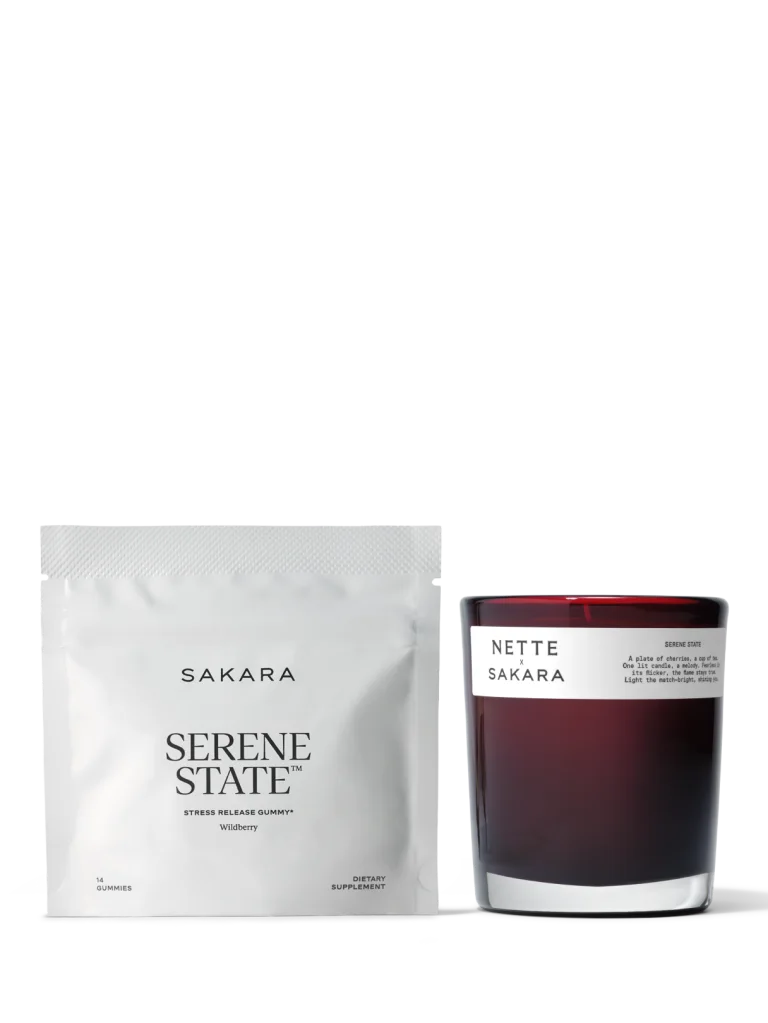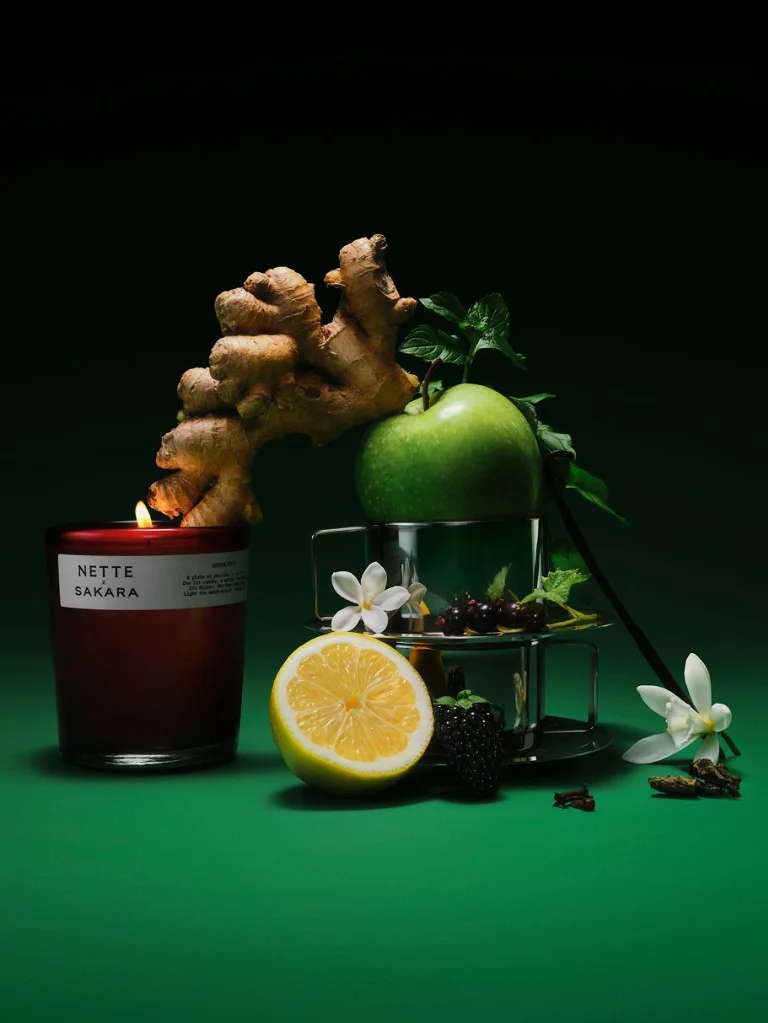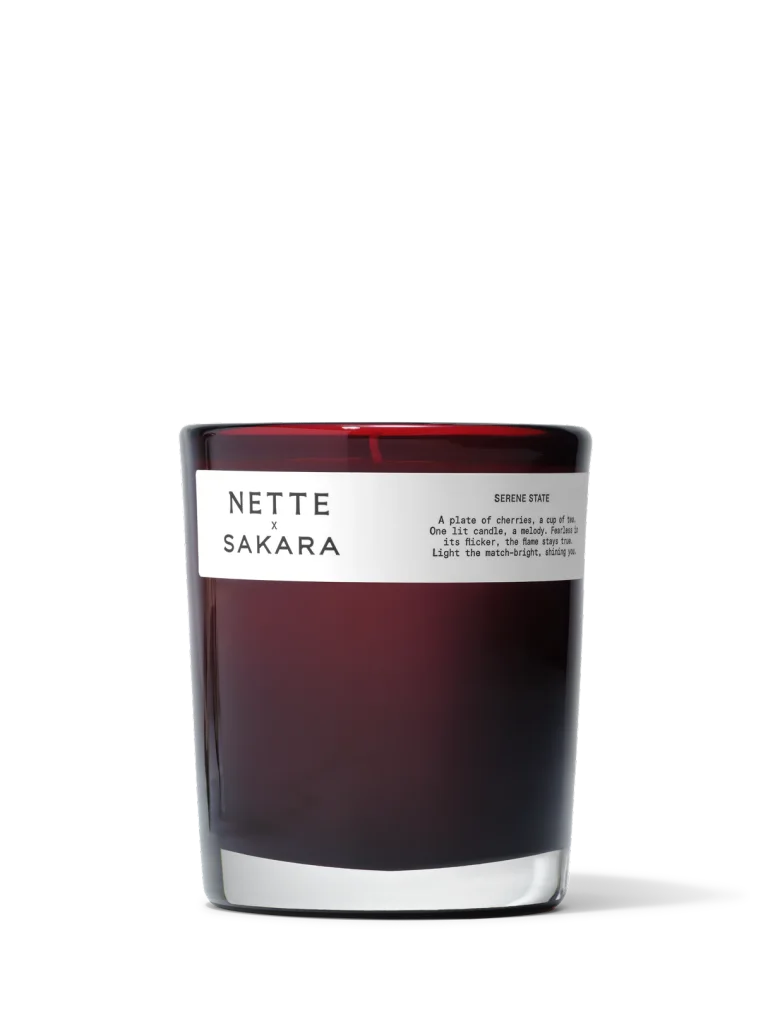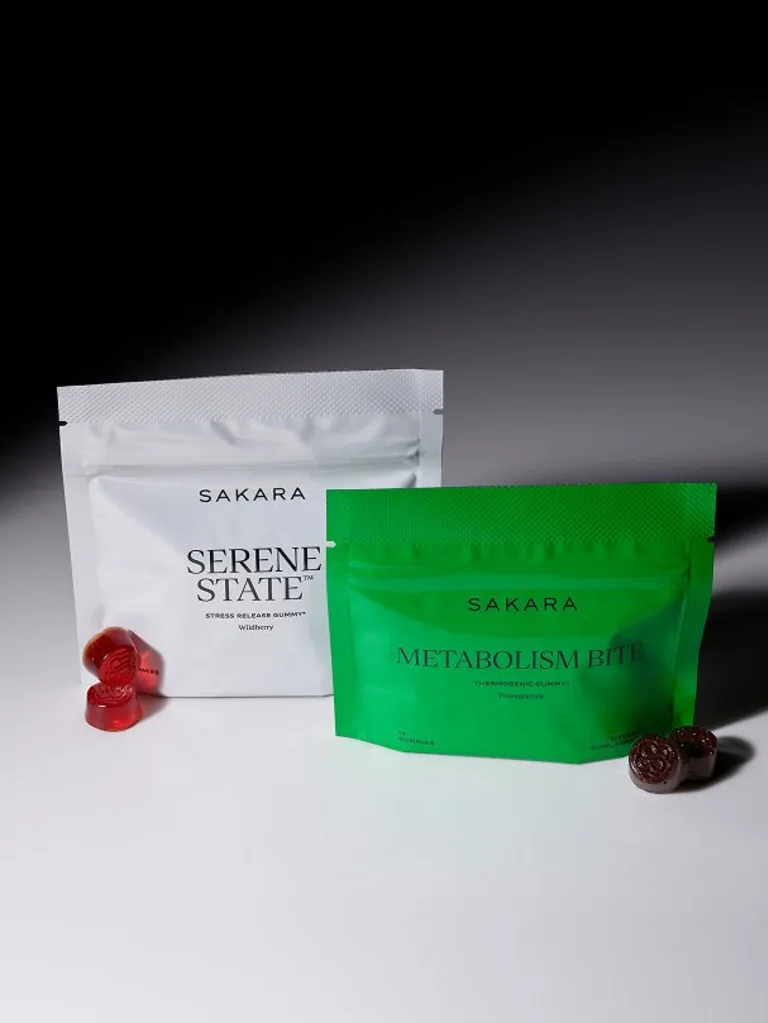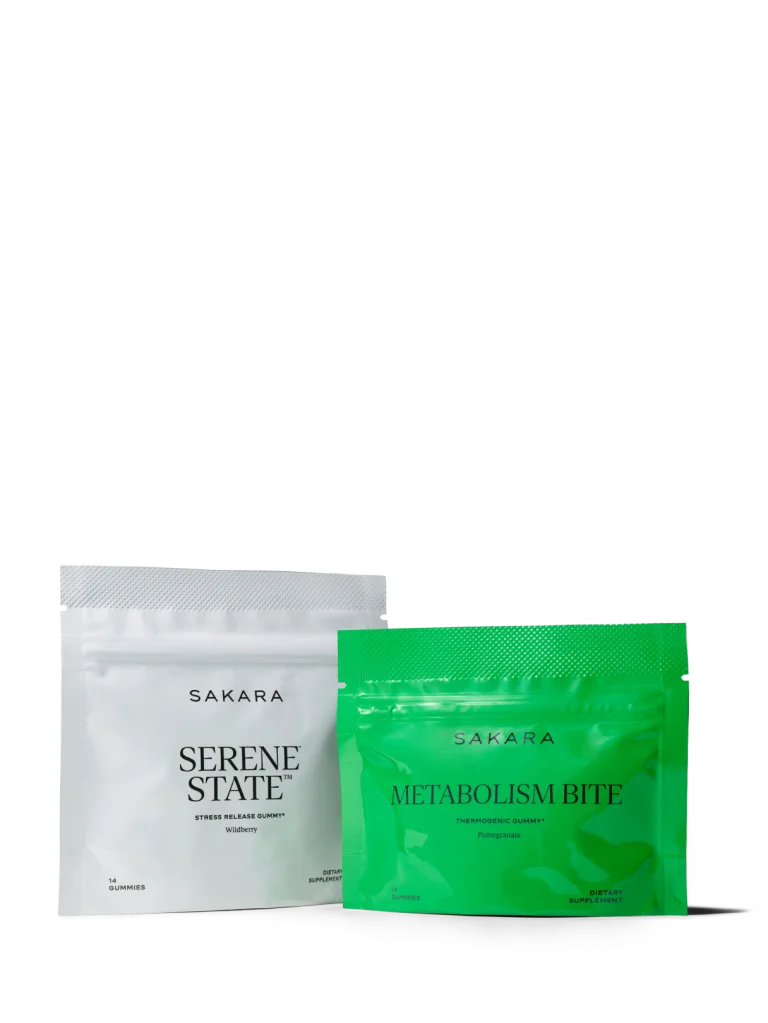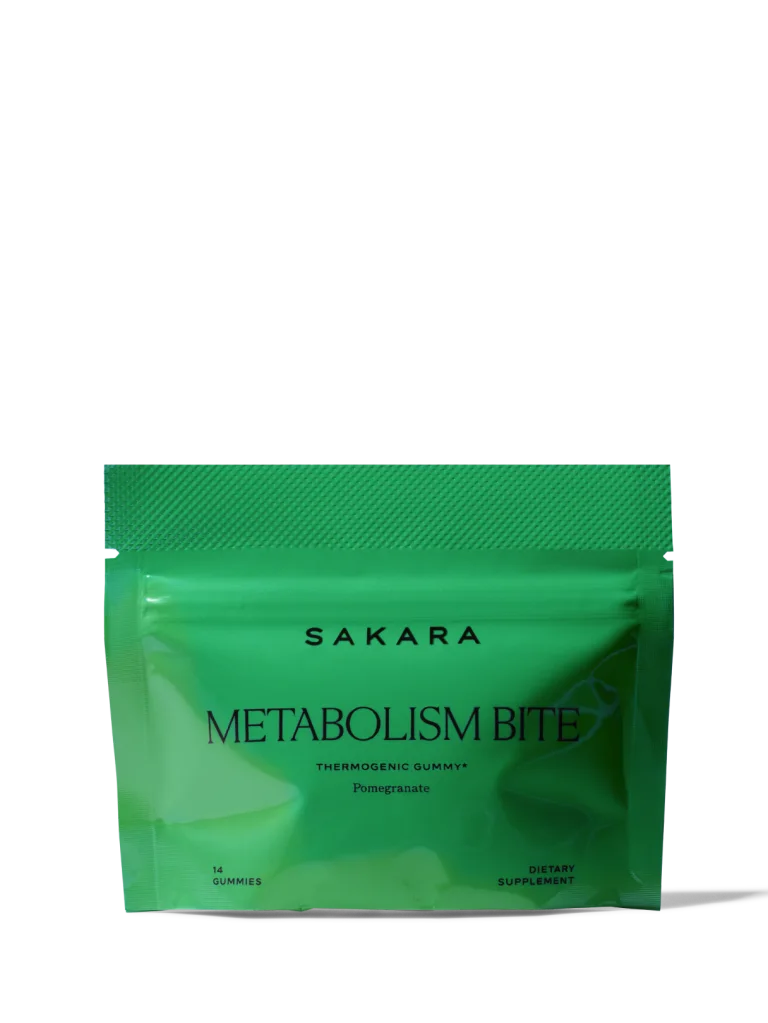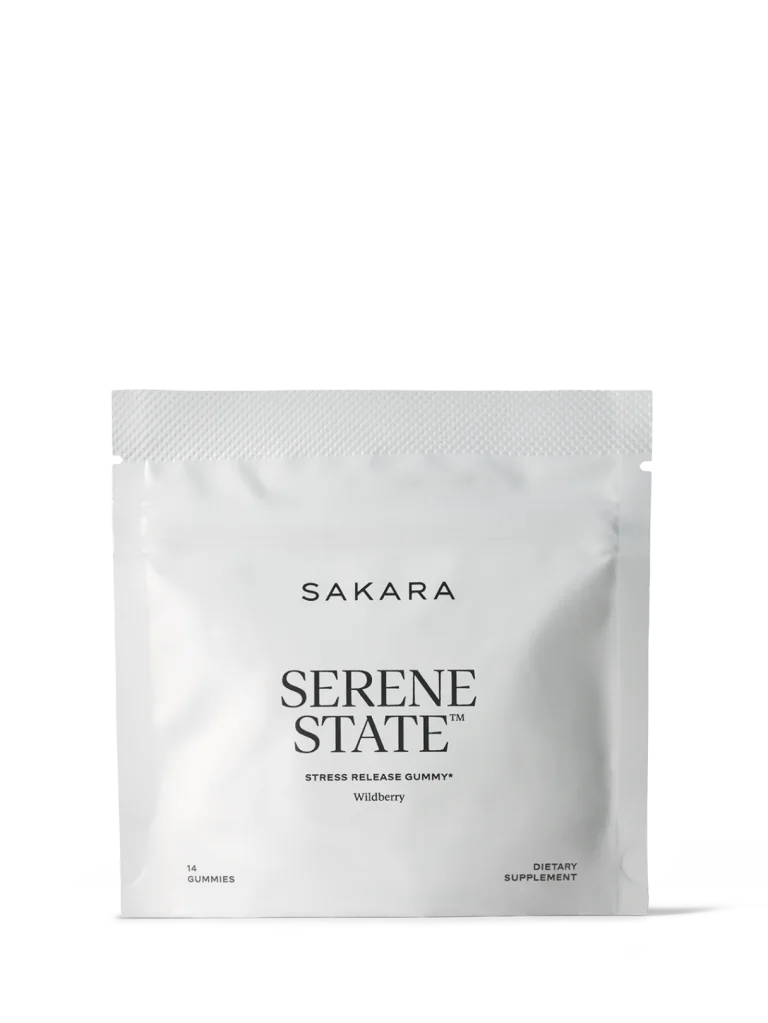SAKARA 101
Eating for Mental Health
Discover how ingredients like saffron, seaweed, and Lion’s Mane mushroom can nourish your mind, balance your body, and restore emotional harmony—one bite at a time.
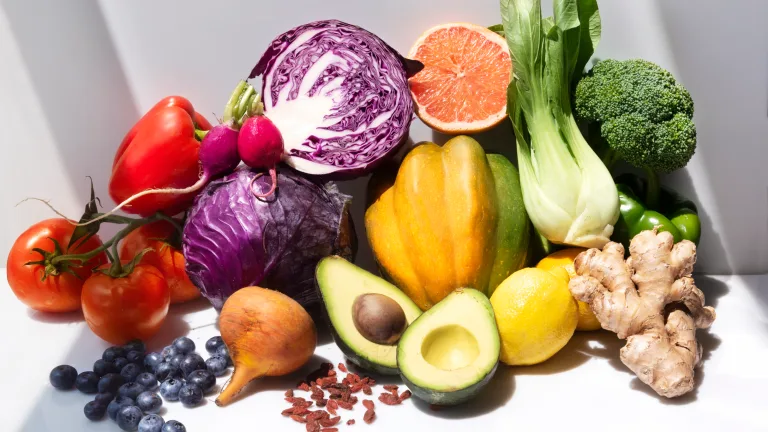
What does it actually mean to be mentally healthy? Is it happiness? The absence of anxiety? Or is it something else… something softer… maybe it’s an ability to be with ourselves, to feel life moving through us without needing to numb it?
To me, mental health isn’t just a brain state, it’s a body state. It’s a sense of aliveness that arises when the cells in our gut, brain, and heart are communicating in harmony. It’s resilience, creativity, curiosity, and connection. It’s what allows us to feel both joy and sadness without losing the thread of who we are.
And like everything else alive in us, it’s fed by food.
Six Surprising Foods That Feed Mental Health
1. Saffron — the golden mood elevator
Science calls it Crocus sativus; ancient medicine called it sunlight in flower form. Clinical studies show saffron can rival certain antidepressants in mild to moderate depression by increasing serotonin and dopamine availability while lowering cortisol.
Beyond saffron’s biochemical effect is the sensory one. Its vibrant color and aroma stimulate regions of the brain linked to pleasure and calm, the same ones activated by sunlight and beauty. I’m grateful for the reminder that nourishment does not come only from food but also from the experience of eating, from color and warmth and texture, from the quiet ritual of care that tells the body it is safe to receive.
Use it in: herbal tea, blended into coffee, or stirred into soups and broths for a subtle depth and color. It’s also found in our Metabolism Bite!
2. Fermented vegetables — microbial symphonies for your neurotransmitters
More and more research suggests that mental health might be synonymous with gut health. The gut is home to trillions of microbes that communicate directly with the brain through the vagus nerve and chemical messengers like serotonin and GABA. In fact, the gut produces up to ninety percent of the body’s serotonin, but only when those microbial communities are thriving.
Sauerkraut, kimchi, miso, and other living ferments feed this inner ecosystem. They increase microbial diversity, lower inflammation, and strengthen the gut–brain connection that shapes mood, focus, and emotional balance.
When you feed your microbes, you feed your mind.
Use it in: a side salad, on avocado toast, or stirred into warm grains after cooking. I love adding to my guacamole!
3. Seaweed — nature’s mineral battery
Seaweed is one of the most overlooked mood foods. It’s rich in magnesium, iodine, and trace minerals like lithium, the same element used clinically to balance mood. Lithium may sound familiar because of batteries, and it does the same in us. It increases the flow of electrical currents that keep our nervous system charged and steady.Seaweed also supports thyroid balance, which regulates energy and mood, and replenishes the minerals we lose through stress.
The elements of light, salts and water charge all of life.
Use it in: nori wraps, soups, or sprinkled over roasted vegetables. You can also chop up into very fine pieces and use it as you would salt. I love it over popcorn.
4. Dark leafy greens — folate and methylation for emotional resilience
Kale, mustard, beet, and turnip greens are examples of dark leafy greens, and are rich in folate, magnesium, and chlorophyll, the compounds that quite literally keep life green.
Chlorophyll helps the blood carry oxygen, awakening cells and energizing the brain. Folate, named after the word folium meaning “leaf,” supports methylation, the process that allows the brain to build neurotransmitters and clear away stress hormones. Low folate is directly linked to depressive symptoms, showing the clear link between nutrient status and mental health.
These greens feed not just the body but the mind’s ability to stay open, flexible, and resilient in the face of change.
Use it in: lightly sautéed with olive oil, lemon, and sea salt.
5. Walnuts — omega-3s with a side of neurogenesis
Their shape mirrors the brain for a reason. Walnuts are rich in ALA, a plant omega-3 that supports membrane fluidity in neurons, aiding in communication and neuroplasticity. But walnuts also contain ellagic acid, which supports microbial strains associated with reduced anxiety. In other words, they teach the brain to stay flexible, chemically and psychologically.
Use it in: morning bowls, pestos, or simply toasted with cinnamon and sea salt.
6. Lion’s Mane mushroom — the neural gardener
Lion’s Mane contains hericenones and erinacines, compounds shown to stimulate nerve growth factor (NGF), the molecule responsible for growing and repairing neurons.In small clinical trials, it’s been shown to reduce symptoms of anxiety and depression, likely through neurogenesis and improved hippocampal function (the part of the brain linked to memory and mood).
To eat Lion’s Mane is to remind your brain that regeneration is possible.
Use it in: sautéed with olive oil and garlic, or as a tea extract.
The Holiday Shop

